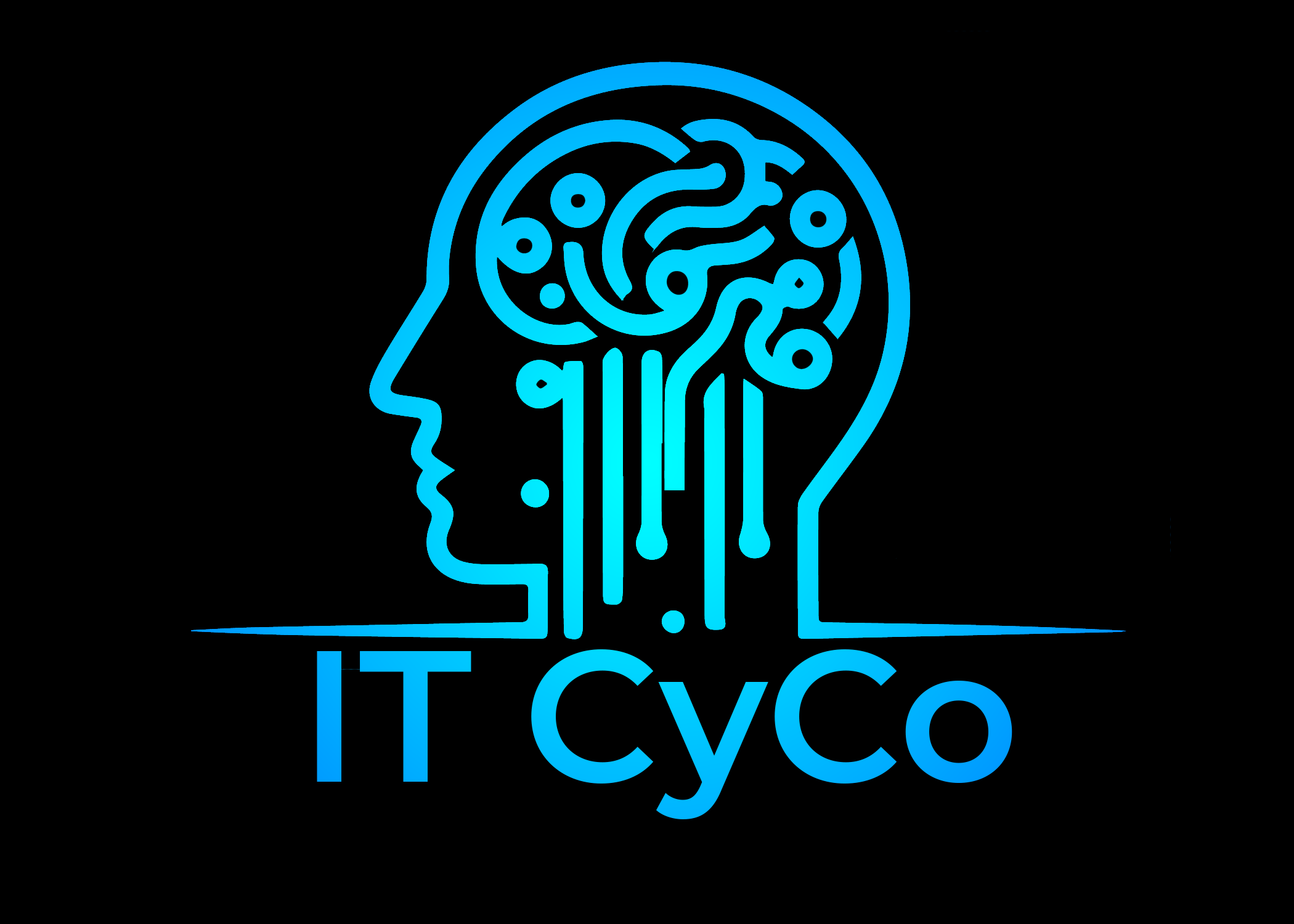Types of Malware
In the ever-evolving landscape of cybersecurity, malware remains a persistent and growing threat. Understanding the various types of malware and how they operate is crucial for both individuals and organizations aiming to protect their digital assets. This article delves into the most common types of malware, providing an in-depth look at their characteristics, methods of operation, and the potential damage they can cause.
1. Viruses
Overview: Viruses are one of the oldest forms of malware. They attach themselves to legitimate programs or files and replicate when these are executed.
Operation: A virus spreads by inserting its code into other programs, which then become infected. When the host program runs, the virus executes its payload, which can range from displaying annoying messages to deleting files or corrupting systems.
Example: The Melissa virus, which spread through infected Word documents, disrupting email systems globally.
2. Worms
Overview: Unlike viruses, worms are standalone programs that self-replicate without needing a host file or human intervention.
Operation: Worms exploit vulnerabilities in operating systems or applications to spread across networks. They can cause significant harm by consuming bandwidth, overloading systems, and delivering additional payloads.
Example: The WannaCry worm, which leveraged a Windows vulnerability to propagate and deliver ransomware payloads.
3. Trojans
Overview: Named after the mythical Trojan Horse, trojans disguise themselves as legitimate software to trick users into executing them.
Operation: Once installed, trojans create backdoors that allow attackers to gain unauthorized access to the infected system. They can steal sensitive information, download other malware, or even take control of the system.
Example: The Zeus trojan, which was used to steal banking information through keystroke logging and form grabbing.
4. Ransomware
Overview: Ransomware is a type of malware that encrypts the victim’s files or locks them out of their system, demanding a ransom for restoration.
Operation: Ransomware often spreads through phishing emails, malicious downloads, or exploit kits. Once executed, it encrypts files and displays a ransom note with instructions for payment, typically in cryptocurrency.
Example: The infamous CryptoLocker, which encrypted files on Windows computers and demanded payment for decryption keys.
5. Spyware
Overview: Spyware is designed to secretly monitor and collect information about the user’s activities without their knowledge.
Operation: Spyware can be installed via malicious websites, software downloads, or email attachments. It tracks keystrokes, browsing habits, and personal information, sending the collected data back to the attacker.
Example: The Pegasus spyware, which targeted iOS and Android devices to monitor communications and extract sensitive information.
6. Adware
Overview: Adware generates revenue for its developers by automatically displaying advertisements on the user’s device.
Operation: Adware often comes bundled with free software and installs itself without the user’s consent. While not always malicious, it can degrade system performance and lead to more serious infections if users click on unsafe ads.
Example: The Fireball adware, which hijacked browsers to manipulate web traffic and generate ad revenue.
7. Rootkits
Overview: Rootkits are designed to hide the presence of other malware or malicious activities on the infected system.
Operation: Rootkits modify system files and processes, making them invisible to antivirus programs and system administrators. They can grant attackers elevated privileges, allowing them to execute malicious commands undetected.
Example: The Sony BMG rootkit, which was used to prevent copying of music CDs but also opened systems to other security vulnerabilities.
8. Botnets
Overview: Botnets are networks of infected computers, or “bots,” that are controlled remotely by an attacker, known as a botmaster.
Operation: Botnets are created using malware that infiltrates and takes control of multiple systems. They can be used for various malicious purposes, including distributed denial-of-service (DDoS) attacks, spamming, and data theft.
Example: The Mirai botnet, which hijacked IoT devices to launch massive DDoS attacks.
9. Keyloggers
Overview: Keyloggers record keystrokes made by users to capture sensitive information such as passwords, credit card numbers, and personal messages.
Operation: Keyloggers can be hardware-based or software-based. Software keyloggers are typically installed via malicious downloads or email attachments and operate silently in the background.
Example: The Olympic Vision keylogger, which was used to steal login credentials from infected systems.
10. Fileless Malware
Overview: Fileless malware operates without leaving traditional file traces, making it difficult to detect using conventional antivirus software.
Operation: Fileless malware exploits existing software, applications, and system tools to execute malicious activities directly in memory. It often uses scripting languages like PowerShell or exploits macros in documents.
As an illustration, consider the Astaroth trojan, which executed its payload without writing files to disk by using authorized Windows tools.
The landscape of malware is diverse and constantly evolving, with each type posing unique threats to cybersecurity. By understanding how these different types of malware operate, individuals and organizations can better defend against them, employing appropriate preventive measures, detection techniques, and response strategies. Regular software updates, strong security practices, and user education are crucial components of a comprehensive cybersecurity strategy.
Stay vigilant, stay informed, and stay secure.


Leave a Reply